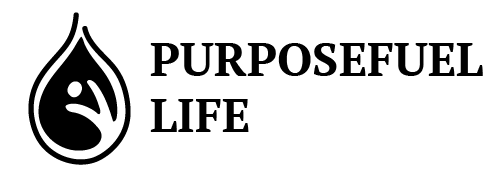- Circadian Rhythm Optimization: The Foundation of Everyday Health
- Energy Management vs. Time Management: Why Scheduling Everything Destroys Your Flow
- Breath and Movement: The Fastest Way to Boost Energy (No Coffee Required)
- Active Recovery Practices: Why Doing Nothing Is the Real Mistake
- Sleep Quality Basics: Why “8 Hours” Isn’t Enough
- Why You Still Feel Exhausted (Even When You Are Productive)
- You Do Not Need More Time. You Need a New Nervous System.
Table of Contents
You ever stare at your calendar, packed from dawn until night, and feel drained before you even start?
That was me. And I am guessing, maybe you too.
Everyone talks about time management. Color-coded calendars. Perfect hourly breakdowns. 5 AM routines.
But here is what most people never mention.
Time without energy is useless.
You can have twelve hours blocked out for productivity. But if you hit a wall by hour three, none of it matters.
And most people do not realise that until they burn out. Or stall completely.
Why This Matters
Burnout does not come from working too much. It comes from working against your energy rhythm.
You can follow every productivity method out there. Block your calendar. Stack focus blocks.
But if you are pushing through brain fog, everything slows down. You make mistakes. You get stuck. And it feels heavier than it needs to.
That is why managing your energy beats managing your time.
If you want long-term consistency, at work, training, life, this is the shift that changes everything.
Where I Got It Wrong
I used to block my days like a machine.
Morning routine. Deep work. Training. Meetings. Learning. Writing. Hour by hour.
And some days, it worked. I felt sharp. Things flowed.
But other days?
By 2 PM, I would crash.
Brain fog. Zero focus. Forced momentum.
No matter how perfect my calendar looked, nothing meaningful happened.
That is when I realised:
It is not about the perfect schedule.
It is about understanding your energy rhythm and building around it.
From Time Focus to Energy Focus
Here is the difference:
Time management means filling slots on a calendar.
Energy management means structuring your work around when you are mentally sharp, physically strong, emotionally clear.
You can cram ten things into a day. Or you can do the right three things when your energy is at its best and move ten times faster.
This is not just preference. It is biology.
How Your Energy Cycles Work
Your body and brain run on rhythms beyond the circadian clock.
- Ultradian rhythms: 90 to 120 minute focus and energy cycles throughout the day.
- Chronotype patterns: Some people naturally peak early. Others later.
- Cognitive fatigue: Your brain burns glucose and neurotransmitters with focus.
Research from sleep scientist Nathaniel Kleitman, chronobiologist Till Roenneberg, and Andrew Huberman backs this up.
Your peak cognitive window usually lasts between 90 and 120 minutes. After that, performance drops.
Two to four of these blocks per day is the average for high-output people.
That is why stacking back-to-back focus sessions fails. Your biology is not built for it.
How to Find Your Energy Peaks
You do not need complicated apps.
For seven days, track when you feel sharpest. Morning? Midday? Evening?
Note what kind of work feels easiest:
- Deep focus: Writing, strategy
- Creative flow: Ideas, problem solving
- Physical energy: Training
- Shallow tasks: Emails, admin
For me, the pattern looks like this:
- 06:30 to 11:00 → Deep focus
- 11:30 to 14:00 → Low energy and light tasks
- 14:00 to 17:30 → Second focus block
- 18:00 onwards → Wind down and recharge
No rigid rules. Just observation and adjustment.
Why Blocking Everything Kills Momentum
Most people schedule everything uniformly:
- 9 to 5 focus
- Evening downtime
- Weekends either randomly busy or randomly lazy
But that flattens your energy.
When you ignore your peaks and troughs, you waste more time forcing things than executing cleanly.
That is why energy management beats time management every single time.
The Energy-First Model
Here is the simple structure I follow:
Step 1: Identify Your Energy Peaks
Morning, afternoon, evening. Log it for seven to fourteen days.
Step 2: Block Peak Windows for High-Impact Work
Creative, strategic, cognitively intense tasks.
Step 3: Use Trough Windows for Maintenance
Shallow work. Emails. Errands. Light movement. Walks.
Step 4: Build in Recovery Blocks
Five to fifteen minute breaks every ninety to one hundred twenty minutes. Movement. Breath work. Natural light.
Step 5: Protect Evening Wind-Down
Dim lights. Reduce stimulation. Let your system cool down.
You can layer circadian principles on top for even better results.
My Current Energy-First Routine
Here is what my day usually looks like now:
- 05:30 to 06:30: Morning light and movement
- 06:30 to 11:00: Deep focus work
- 11:00 to 14:00: Light tasks, food, recovery
- 14:00 to 17:30: Secondary focus block
- 17:30 to 19:30: Training and dinner
- 19:30 to 22:00: Wind-down and sleep prep
It is not perfect. But always adapted around energy, not a rigid time structure.
Why This Works Long-Term
When you align your work with your natural energy cycles:
- You hit flow faster
- You recover quicker
- You avoid burnout
- You execute better with less effort
And over weeks and months, that compounds.
You do not get more done by doing more. You get more done by doing the right things at the right times consistently.
That is why almost every top performer ends up focusing on energy first, not time.
Even people like Huberman talk about structuring deep work around peak dopamine and cortisol rhythms, and not forcing work at random times.
Your Practical Guide
Step 1: Log your energy for seven days.
Morning → Sharp or foggy?
Midday → Sharp or foggy?
Evening → Sharp or foggy?
Step 2: Define two peak windows per day. Use them for your hardest work. Non-negotiable.
Step 3: Build around it.
- Peak windows → Deep focus
- Trough windows → Shallow work and recovery
- Evening → Shutdown and recharge
Step 4: Adjust weekly. Energy is not static. Neither is your plan.
This took me years to figure out.
I tried every planner. Bought every system.
But now, life feels smoother. I work less, get more done, and enjoy it more.
If this clicks for you, give it a shot. But find your own rhythm. Do not just copy mine.
Now, What?
Here is what to do:
- Log your energy peaks for seven days
- Pick two peak windows per day
- Block those windows for your hardest work
Simple. No overthinking.
Your Challenge
Today:
- Write down your last three days. When did you feel sharpest?
- Block two peak windows for deep work tomorrow.
- Block two trough windows for light work or recovery.
- Test it for a week. Watch what changes.
Forget the calendar grind. Build around your energy. Watch how much smoother things flow.





